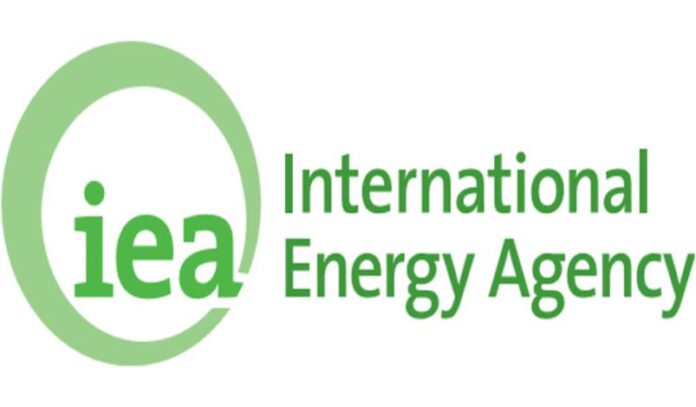The International Energy Agency says it would require millions of miles of transmission lines.
Wall Street Journal
Updated Oct. 19, 2023
The International Energy Agency said this week that 49.7 million miles of transmission lines—enough to wrap around the planet 2,000 times—will have to be built or replaced by 2040 to achieve the climate lobby’s net-zero emissions goal. This amounts to a plan for everyone to buy more metals from coal-fired plants in China.
Grid investment, the IEA report argues, is needed to carry additional renewable energy “as the world deploys more electric vehicles, installs more electric heating and cooling systems, and scales up hydrogen production using electrolysis.” By its estimate, the world needs to spend $600 billion annually on grid upgrades by 2030.
Unlike fossil fuel and nuclear power plants, solar and wind projects are typically many miles from population centers. That means long transmission lines, some under the sea to take electricity from off-shore wind installations. Tens of thousands of extra power transformers will be needed to step up and down voltage.
All of this would cost trillions of dollars and require enormous quantities of metals. “Copper and aluminium are the principal materials for the manufacture of cables and lines,” the IEA report says. Transmission lines also need insulators, such as cross-linked polyethylene and ethylene-propylene polymer—both derived from fossil fuels.
Transformers are made of the same specialized steel used in charging stations for electric vehicles. Smaller transformers require non-oriented electrical steel, used in EV motors. The green-energy gold rush has contributed to shortages of both types. Buyers of transformers “face a wait of over 18 months,” the report notes.
Meantime, advanced economies must replace aging equipment to prevent power outages and safety hazards. About half of the transmission and distribution lines in the U.S. are more than 20 years old, according to the IEA.
Where are the materials going to come from?
The report doesn’t say, but the most likely answer is China, which dominates global copper, steel and aluminum production, owing to its lax environmental regulation and low labor costs. Over the past 20 years, primary aluminum production has increased ninefold in China while declining 68% in the U.S.
Metals manufacturing takes massive amounts of power, and coal accounts for 60% of China’s electric generation.
In other words, the IEA’s path to a net-zero grid would involve emitting a lot more CO2, even assuming it wasn’t a political nonstarter, which it is.
Source : Wall Street Journal


